Welcome to Copenhagen, although if you’re a fan of two-wheeled transportation, you’ll probably come to know it as bicycle heaven. Copenhagen is the city with more bikes than people, at a rate of 5 bikes to 4 people. Many cities in Europe have taken steps to make cycling the dominant form of transportation in cities, but Copenhagen is the gold standard among them.
People who live in car-dominated cities might have a hard time imagining a place where a simple bicycle is the more effective means of getting around, but in Copenhagen, it’s just an everyday thing.
Just How Many Cyclists Are There?
Copenhagen is a big place. It’s packing a population of over 580,000 people just in Copenhagen proper, with an overall population in the urban and metropolitan area of just below 2 million. In other words, there are A LOT of people. So exactly how many of them are cyclists? Let’s look at the statistics.
Out of everyone in Copenhagen, 75% of the population cycles year-round. This includes for practical reasons, for sport, for fun, casually, everything. That is 3 out of every 4 people. As someone who lives in North America, that is baffling to me.
There are 650,000 bikes, 48000 bike racks, and 429 kilometres of cycling path, just in the municipality (Copenhagen proper). Cycling is so prevalent in the population that:
- 55% of the (applicable) citizens cycle to work or school. For the record, that means more people are cycling to work/school in JUST Copenhagen than people are doing that in the entire USA. That’s right, this one city has more bicycle commuters than a country with a population 160 times bigger.
- 36% of all trips to work or school are taken on a bicycle. Out of all the times people in Copenhagen have gone to school or gone to work, 36% of those times, they did so on a bike.
- 58% of school-aged children cycle to school, meaning that cycling, which is already a huge part of Copenhagen’s society, is going to continue to grow as cycling becomes a part of people’s lives from a very early age.
- 63% of the members of Parliament cycle to their job daily.
When polled about why they choose cycling:
- 29% said that cycling is the cheapest available option to them. This one is a no-brainer. A bike costs way less than a car, is cheaper to service, doesn’t require you to spend money on gas, is easy to store and doesn’t require you to pay for parking, has no licensing/ownership/insurance fees attached and the city is perfectly designed to accommodate them.
- 56% of people said it’s because it’s the fastest option available. This is because, as mentioned above, Copenhagen is cycling heaven. The streets were designed to accommodate cyclists. There are plenty of places to park a bike.
- Cycling is easy. It takes a couple of seconds to hop on your bike and start moving. It takes just as long to find a spot to put your bike (whereas trying to find a parking space for a car in pretty much every city, including Copenhagen, will fill you with homicidal rage).
- Bicycles are small, so even if there are a lot of them, traffic doesn’t slow you down by much. In a city setting with local speed limits, cars have no advantage in terms of speed.
And, while it might not be the most obvious talking point, cycling is a lot safer, especially when there are more cyclists and fewer motorists. According to the World Health Organization, 1.24 million deaths occurred in 2010 in motorist-related accidents.
That is an insanely high number of people. That’s just under two-thirds of Copenhagen’s entire population (including suburbs). In a single year. How many people have you heard of dying in a cycling collision (that didn’t involve a car)? As long as both parties wear helmets, you can crash into each other for days and get a few broken bones at worst.
Copenhagen Loves Its Bicycles
The citizens of the city are very pleased with the biking infrastructure that makes Copenhagen so well-known and respected. Below is a list of how the bike riders feel about their city:
- 95% of people polled at happy with the fact that Copenhagen is a cycling city. Why wouldn’t they be? Traffic has been cut down, vehicle fatalities have sunk like a boat anchor, pollution levels in the city have plummeted, and cycling helps keep people fit and improve stamina so the population is, on average, more physically active (which is linked to reducing depression and producing dopamine, which makes us feel good).
- 76% of cyclists are pleased with how much safer the roads of Copenhagen are when compared to other cities. In New York City, USA, there were over 200 traffic fatalities. In Copenhagen in 2013, there were 9).
- As I’ve already said, traffic accidents that don’t involve motorized vehicles are almost always so insignificant that you’re all better within a few hours barring a few scrapes and bruises. Serious collisions among cyclists are extremely rare. The biggest danger to cyclists is motorists.
- 61% of people are happy with how the cycling infrastructure is maintained. As cycling is such a big deal in the city, the local government takes maintenance very seriously, year-round. Efforts are made to ensure that cyclists can move through the city efficiently and without too many issues.
- 76% of cyclists are content with the number of available bike racks scattered across pretty much every corner of the city.
- On the flip side, only 29% are satisfied with the bike parking facilities around. But that’s not entirely a negative thing either; it means that a good portion of those remaining 71% are either looking for the government to put more work into tidying the facilities up, keeping them safe from theft, or they simply want more facilities built.
- 50% of riders are happy with the width of the bike paths in the city. And I’d wager that a majority of the other 50% are just hoping for even bigger paths for cyclists.
- 60% of people are happy with the combination of cycling and public transit. Aside from Copenhagen’s biking infrastructure, they are also well known for having great public transit (please, teach us your ways, our transit is inefficient).
- Around 750,000 people use some form of public transportation every day. The city is one of the largest hubs for the Danish State Railways (DSB), which is the largest and most extensive train company in all of Scandinavia, serving the entire country.
Copenhagen is the city of cyclists, so it only makes sense that they’ve dedicated so much time, effort, and money to keeping them happy. With 75% of the population cycling year-round, cyclists make up an absurd chunk of the voters too – so politicians have no choice but to listen to their needs.
Who’s Using Them, And Who’s Making Them?
In a city where over 75% of 2 million people ride bikes, that’s a lot of people who ride bikes. According to statistics, there are 5 times as many bikes as there are cars in Copenhagen. 4 out of 5 people living in the city have access to a bike, and 17% of families with children own a “cargo bike”, which is a bicycle with a large storage area attached (like the one above).
With cycling this big in the city, it’s obvious that the bike industry is going to be booming. There are 20 corporate entities based in Copenhagen dedicated to designing and building bicycles. But that’s not all. There are nearly 300 bicycle stores around the city catering to its many riders. And one of the main post offices uses 306 “post bikes” in their operations.
Copenhagen also has something else that’s pretty cool; bicycle taxis. Also known as cycle rickshaws, these bikes have a little wheeled bench attached to the end that can seat 2 people, and they’ll carry you pretty much anywhere you want to go.
There are 130 of these neat things in operation around Copenhagen. They’re a real hit with tourists though, so if you’re visiting, there’s a chance you might not get your turn on one.
What Does It Cost?
Bike paths don’t come cheap. While individually, cycling is a lot cheaper than owning a car, building and maintaining cycling infrastructure costs money. But it’s still awfully cheap to build biking paths compared with building roads for cars.
On top of building, there are maintenance fees, such as what it costs to repair damages to the paths, the cost of putting up signals, and cleaning up the paths in the winter.
There is also the cost of collecting what are known as dead bikes, which are bicycles that have been abandoned someplace by the owner. There are over 16,000 abandoned bikes recovered every year, which is a big burden on the city.
It was mentioned earlier but theft is also somewhat of a problem in Copenhagen; bicycles aren’t as secure as cars, and so a lot of bikes go missing. Around 18,000 bicycles are reported stolen every year.
It’s not all bad though; there’s a lot of money that stays in the pockets of the people as well. The government has determined that for every kilometer traveled, society saves 1.22 kroner.
How Did They Come So Far?
When you look at Copenhagen as it is today, it’s easy to picture it as a city that’s always been the haven for cyclists. However, they had to work at it. They have an interesting history behind how cycling there came to be so prominent:
In 1934, the first six-day cycling race was held at Copenhagen’s large fair-ground building, Forum. Cycling continued to gain traction from there, with annual cycling races and an increase in the number of cyclists in the city.
A bicycle messenger company was established in the city, using bike couriers to make deliveries. Bike couriers became very common in the city, and today a lot of small packages are delivered in this manner.
In 1997, Copenhagen’s We Cycle to Work (Vi cykler til arbejde) campaign began. As the name suggests, this campaign, which is still ongoing, encourages people to cycle to work instead of driving.
The Cycle Chic Blog was started in 2007 by Mikael Colville-Andersen in Copenhagen, all about cycling and fashion, or rather looking fashionable while cycling. The blog started a trend that became global.
The Union Cycliste Internationale (UCI) or International Cyclists Union, declared Copenhagen the world’s first bike city in 2008. And in 2009 the police force started using bicycles for patrols.
In 2012 and 2013, two-cycle super-highways (Supercykelstier) opened up for public use. The super-highways are exactly what they sound like; a highway, for bicycles. The city also began launching a new series of city bikes in 2013.
Recap
With such friendly biking infrastructure, who wouldn’t like to ride their bicycle? Have you been to Copenhagen? How was your bicycling experience? Let me know in the comments.
Should you have any questions or require further clarification on the topic, please feel free to connect with our expert author Dillon Hiles by leaving a comment below. We value your engagement and are here to assist you.


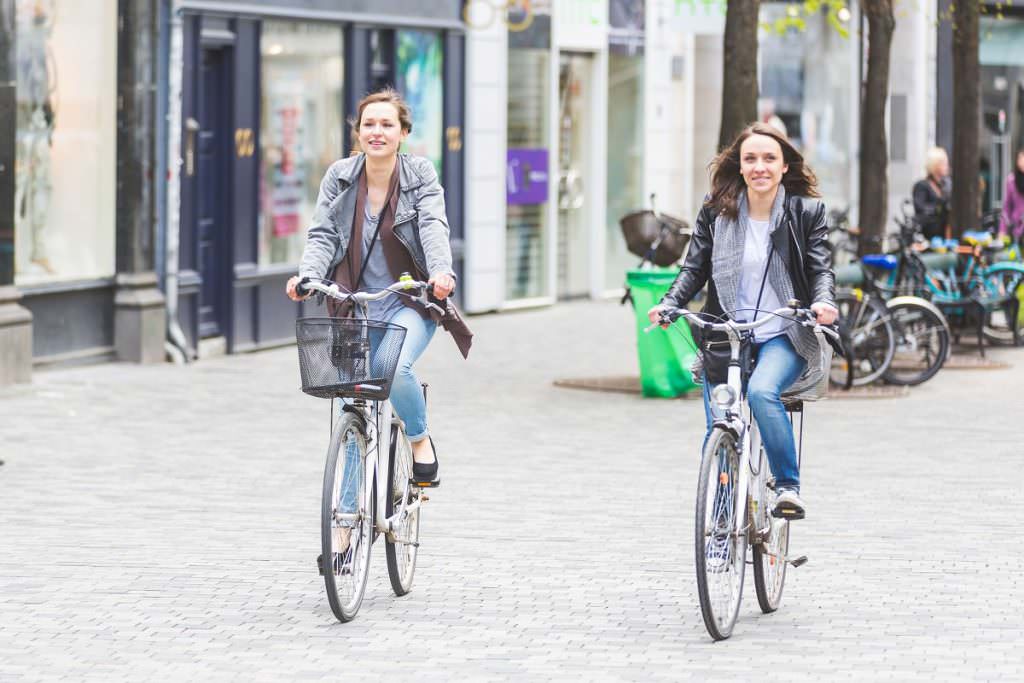
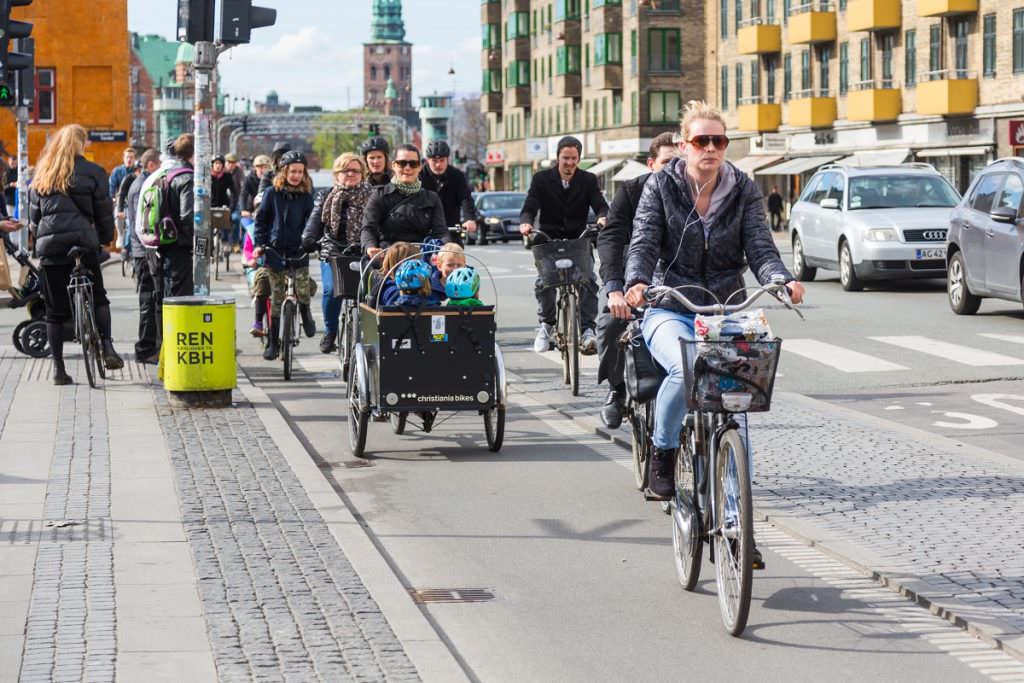
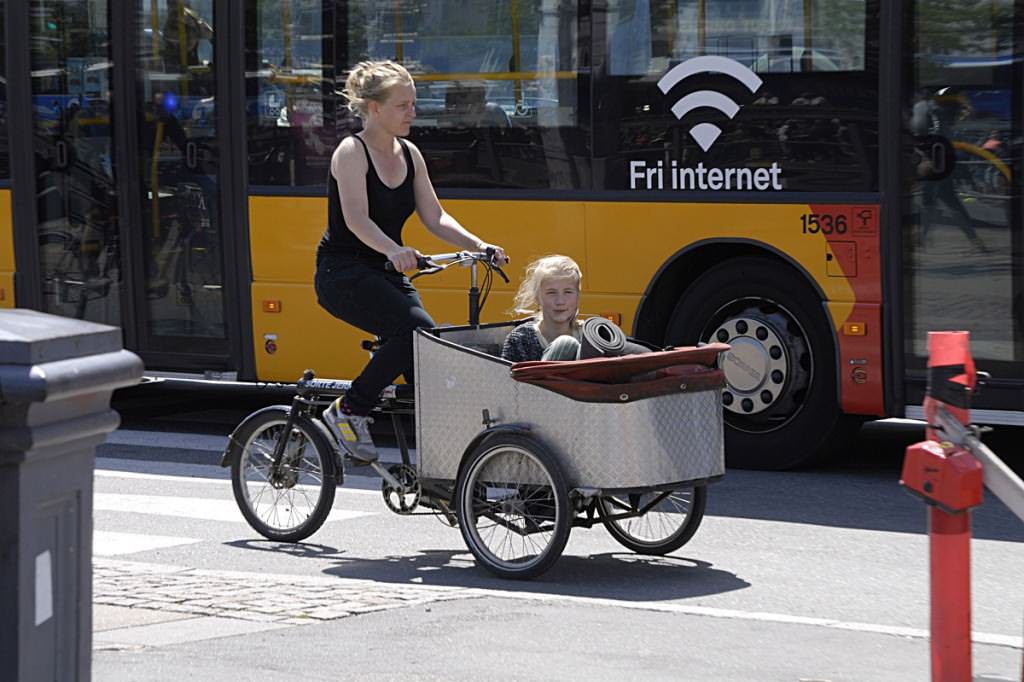
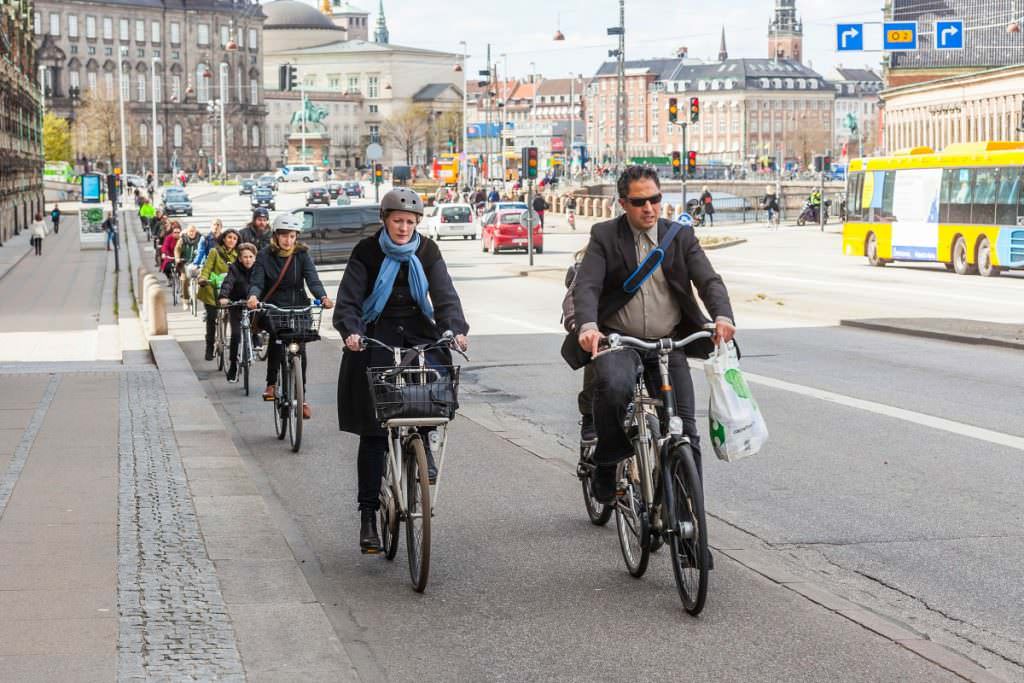
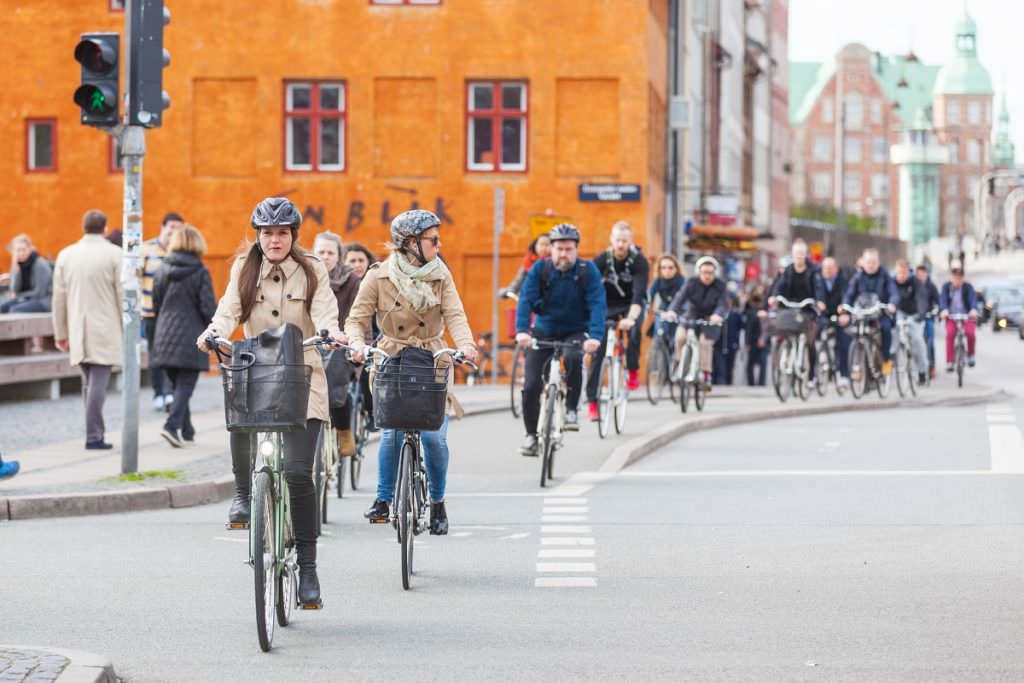
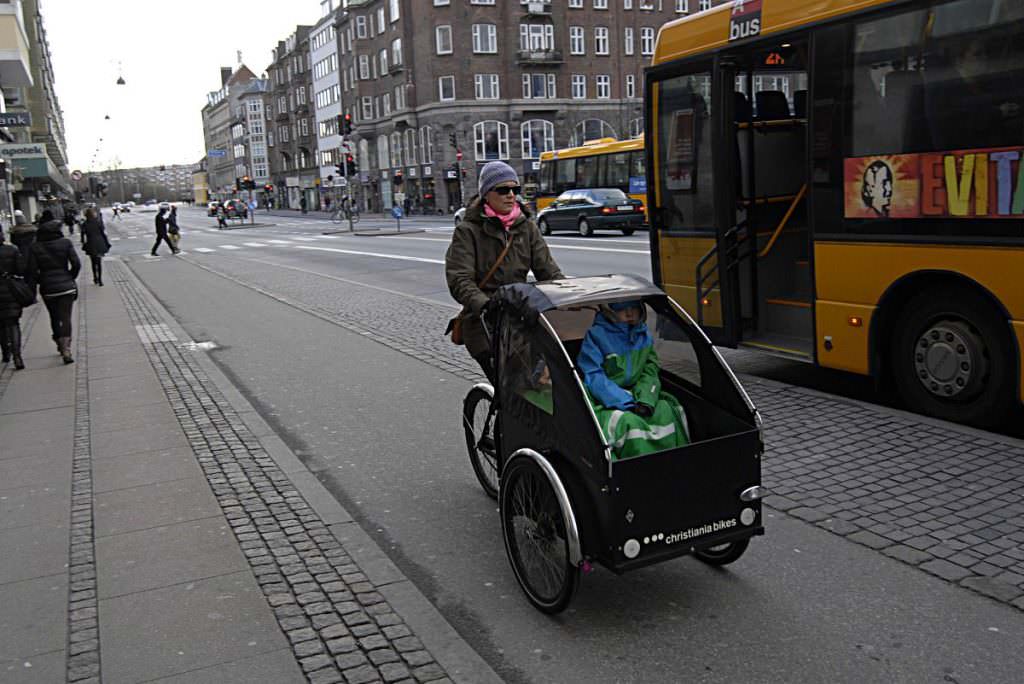
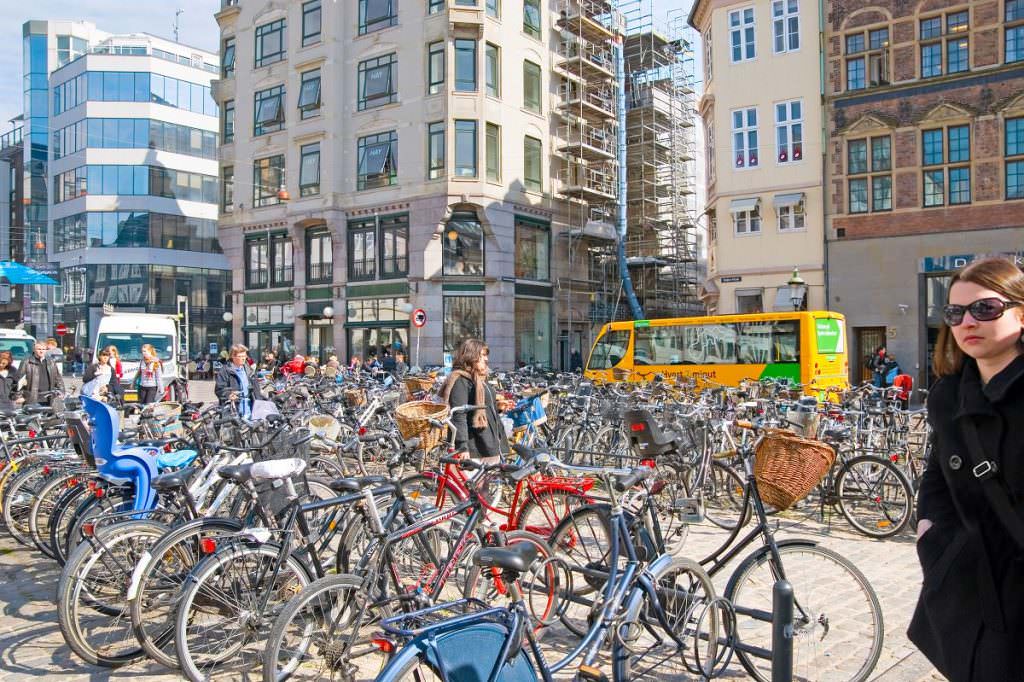
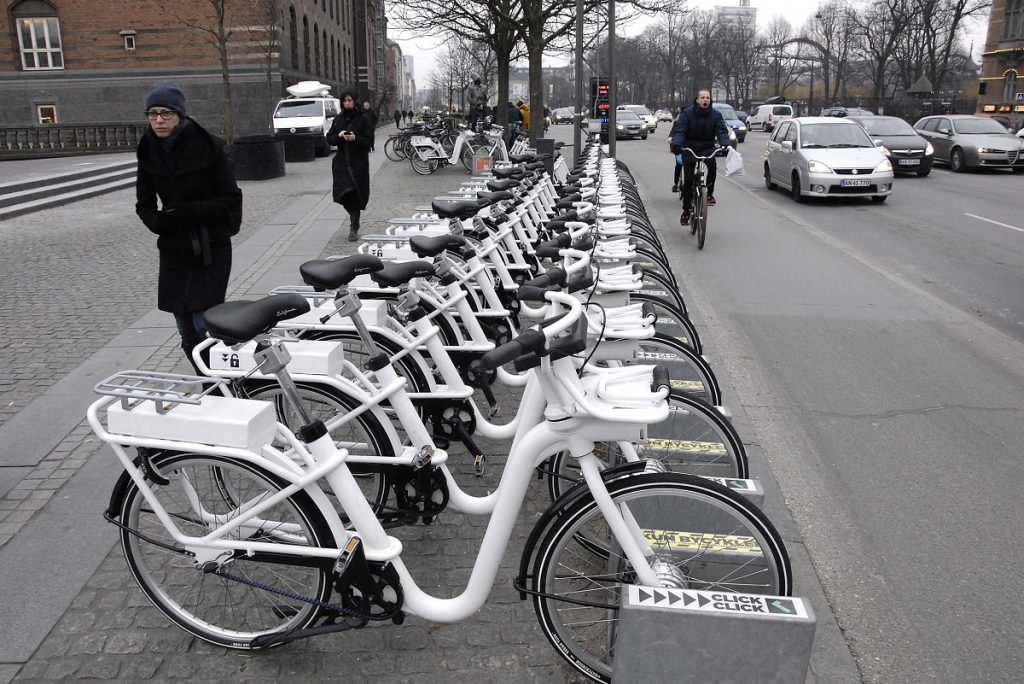



6 thoughts on “Bike City Copenhagen: A Pedaling Paradise!”
OMG!!!! I commute to and from work everyday!!! I wanna move to Copenhagen ASAP. Best, Fernando Brazil.
You should 🙂 It’s great for cyclists here (not perfect, but much better than most big cities).
Excellent weblog right here! Additionally your site quite a bit up fast!
What host are you the use of? Can I get your associate link on your host?
I desire my site loaded up as quickly as yours lol
Great post. I used to be checking constantly this blog and I am inspired!
Extremely helpful info particularly the closing part 🙂 I take care of such
info much. I used to be seeking this particular information for a long
time. Thank you and good luck.
Big congrats to Copenhagen!! Nice city and great bicycle infrastructure, would love to live there…
Well, it depends on everyone opinion bu the mos bike friendly city that I have been to was Amsterdam in The Netherlands. The 30Km/h speed limit in the city makes sit a lot safer for everyone.